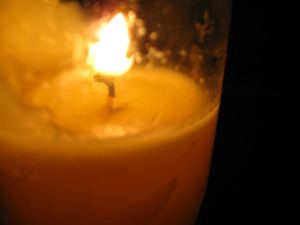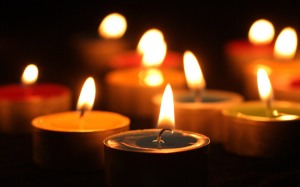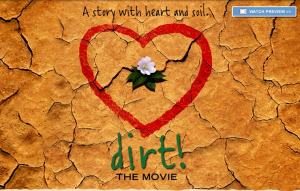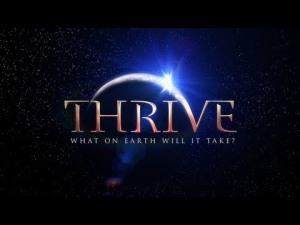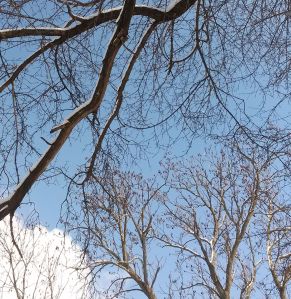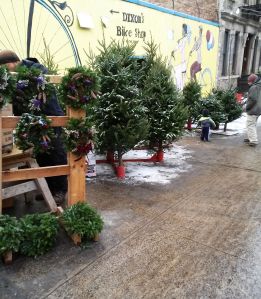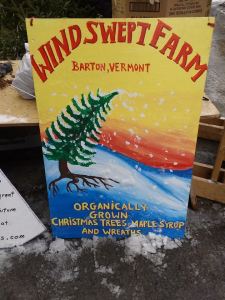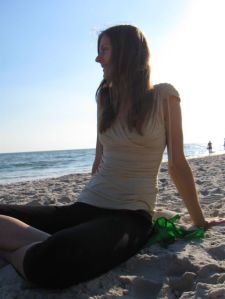As I look around at my humble abode that I share with my boyfriend in Brooklyn, I feel proud. I feel like I have accomplished a mission. My home is simple, low-clutter and artful with a beautiful clear energy. I’m not a neat-freak, but because I have a lower amount stuff in a spacious apartment, I don’t have to be.
Severals years ago, I read “Clear Your Clutter with Feng Shui” by Karen Kingston and started getting rid of things, even old diaries that I felt held painful memories and old stagnant ways of being. If an object inspired negativity or ambivalence, I often let it go. Luckily, I am not very nostalgic, so this is was easy for me in certain ways. I peeled away layers and layers, disliking holding onto things that were not useful or beautiful to me. My only stuck spot in this was if I couldn’t find a sustainable way to get rid of something like, for example, used lipstick, burnt-out incandescent light bulbs, broken candle votives, etc. Did I ever regret getting rid of something? Yes. Admittedly, I can be a little get-rid-of happy. Three items comes to mind that I could totally use now. Ugh.
Not only was I letting go of things, but many items in my home are sustainable (i.e second hand). Admittedly, my initial motivation was the cost-effectiveness. But later on, I also realized it was much greener and also began to purchase some new things, when in my price range, made of sustainable materials, like my bamboo drying rack for hanging my laundry.
Anyway, I think there is a beauty to having less that is both sustainable and liberating. Here are some benefits of letting go of stuff and accumulating less:
- The energy and look of your home will be more open, spacious, airy and clear.
- It feels therapeutic and cleansing to let go of objects that carry ambivalent or negative associations for you.
- As your home becomes less cluttered and bogged down by stuff, you feel clearer and lighter inside.
- You’ll have less stuff to organize and clean, which means more free time and simplicity.
- A chance to look within and heal: do you compulsively collect, hoard or emotionally shop rather than face some difficult feelings inside? Perhaps, this is a time to nurture yourself in more healthy ways, like a yoga class or a nature walk, or find a therapist or insightful, caring friend to talk to. There are also professional organizers and declutterers that could be just what the doctor ordered.
- Freedom of movement: it’s easier to change residences with less stuff to pack and move.
- Sustainability: consuming less of the Earth’s precious resources means less deforestation, less habitat destruction, less mountain-top removal and strip mining for minerals, less pollution, less toxins, less endangered and going extinct species and the health and well-being of the human race for generations to come. See if you can buy second hand or find a a more sustainable version of your desired or needed item.
- Less expensive: use that money for things that truly nurture you like buying organic food, getting a massage, an eco-travel adventure, taking an art class or whatever makes your heart sing.
- Less stuff, less gadgets, less television and video games, means less distraction and more quality time to connect with the world around you, to connect more with friends and family, to engage positively with your community, to follow your passions, and to also cultivate a deeper relationship with nature.
- Getting rid of stuff is also an opportunity to be generous. Perhaps, your friends and family could use what you no longer need. Doesn’t it feel good to give? Perhaps, you could donate to your local charity. Heck, you could be generous to yourself and make some money selling your castaways on craigslist or have a yard sale.
Thank you for reading and happy spring cleaning! Feel free to share your own inspirations on this topic in the comment section.


